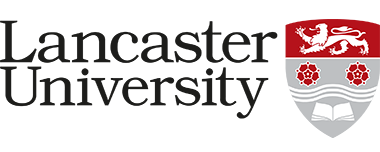PARTICLE ACCELERATORS
KEY FACTS
Devices
- RF Accelerating structures
- Deflecting and Crabbing structures
- Superconducting RF
- High Efficiency, High Power RF amplifiers
- Low Level RF Control Systems
Applications
- LHC upgrades
- Future Linear Colliders
- Current and Future Light Sources
- European Spallation Source (ESS)
- X-ray Baggage Inspection Systems
- Proton based cancer therapy
- Accelerator Driven Nuclear Reactors
People involved
- 10 at Lancaster, 100 across the Cockcroft Institute
In collaboration with:

Why it is important
Particle accelerators are a key technology in several sectors with applications from treating cancer, X-ray scanning of cargo, semiconductor fabrication, material analysis and particle physics. New applications being developed include safe accelerator driven nuclear reactors that can be turned off instantly as they operate sub-critical. Most Nobel prizes in sciences are awarded to work performed using a particle accelerator. Next generation cancer therapy, like the ones being built in London and Manchester, will use accelerated protons to shrink tumours without damaging health tissue. The most famous accelerator in the world is the LHC which recently discovered a Higgs-like particle, but there is expected to be more new particles to be discovered, which will require upgrades and new accelerators. There are approximately 30,000 particle accelerators in the world and 150 in the UK alone.
Lancaster are also a member of the Cockcroft Institute of Accelerator science and technology. The Cockcroft Institute is a collaboration between Lancaster, Manchester and Liverpool Universities with the Science and Technology Facilities Council, focussing on the design and construction on next generation particle accelerators.
Our mission
Novel RF hardware development to tackle challenges presented in particle accelerators:
- More efficient acceleration (CERN currently uses 10% of all the electricity in Geneva)
- Precise control of particle beams (femtosecond timing and nanometre precision)
- Developing compact accelerators (The LHC has a 17 mile circumference)
What we did
- Built the first compact SRF crab cavity for LHC
- Engineered a 10 cm compact linac for X-ray scanning
- Developed crab cavities for the next major linear colliders (ILC and CLIC)
- Demonstrated the SRF cavity driven by a phase-locked magnetron
What we will do
- Install a compact crab cavity on LHC
- Design RF systems for future European Accelerators (inc. CLARA in the UK, ESS in Sweden)
- Build high efficiency high power RF amplifiers for future accelerators
- Develop industrial accelerators for UK industry
- Train the next generation of Accelerator Engineers








